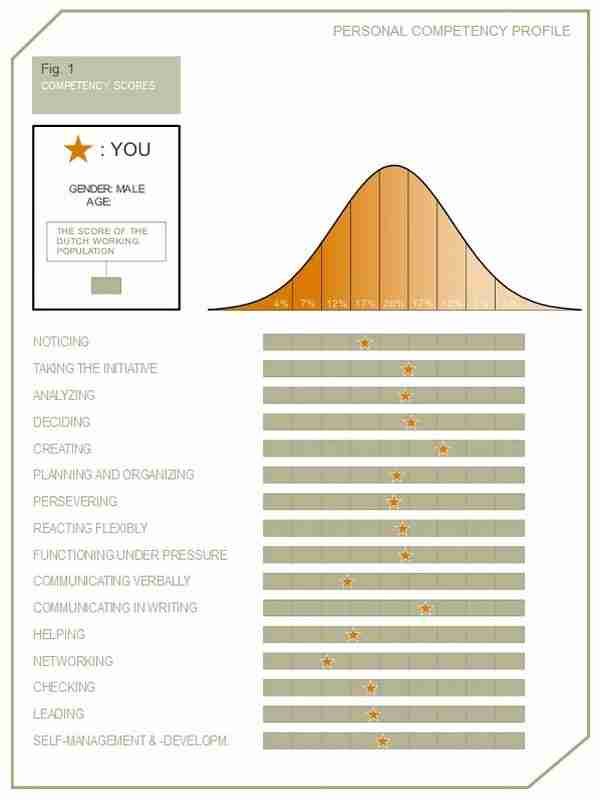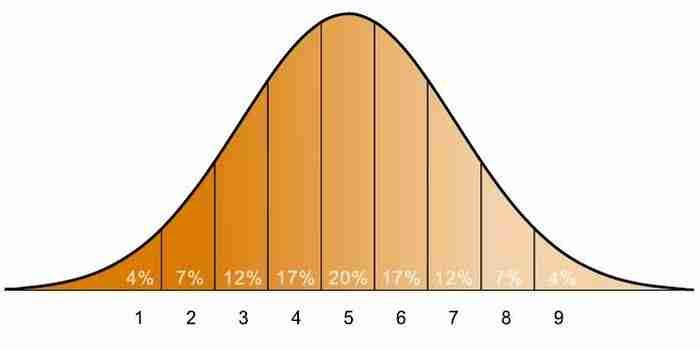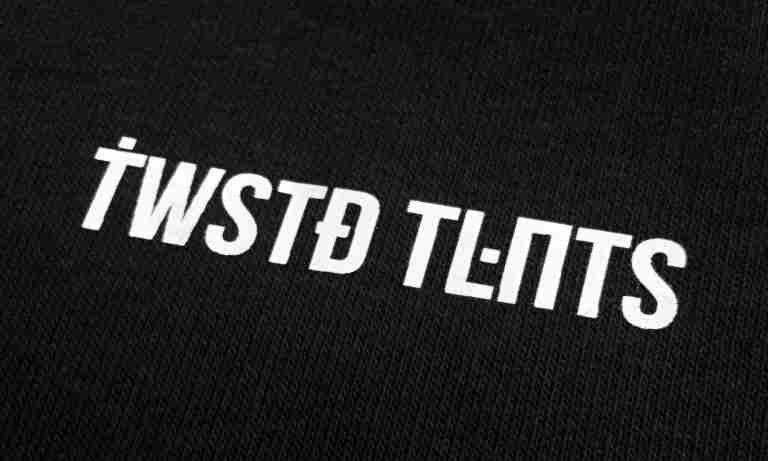Evaluation
A profile is formed by a specific score pattern on the competencies. Although each and every human being is unique, which makes any mix of scores possible, there are nevertheless competencies that often turn out to be correlated.
“Competency” has become an important term in professional organizations and subsequently in secondary and higher vocational education over the past 15 years.
There are plenty of definitions being circulated. For the purposes of this competency test, a synthesis of the most common definitions has been used, one in which a competency is conceived of as
“a combination of knowledge and insight, mindset and skill that is perceptible in one’s behavior and which is used to achieve goals in practice.”
Development Tips
These Development Tips are of common nature and not tailored for Eric’s’ score.
Eric’s Score
The present report indicates how Eric has rated himself on 16 fundamental competencies compared to the working population in the Netherlands for example.

Interpretation

The figure presents an example of the distribution of scores for the reference group for a random competency. This distribution has been divided up into nine boxes (stanine scores), each containing a certain percentage of people.
The fifth box represents 20% of the people who had an average score. In the case of score 1, then, 4% of the people are achieving this score, with 96% of the people from the reference group stating that they have the competency to a large extent.
Here is an ascending sorted list containing Eric’s’ competencies in order of his score. For each competency, there is a development tip as shown in the general overview above.
- Creating
- Communicating in writing
- Deciding
- Taking the initiative
- Functioning under pressure
- Analyzing
- Reacting flexibly
- Planning and organizing
- Persevering
- Self-mgmt & self-dvlpmt
- Leading
- Checking
- Noticing
- Helping
- Communicating verbally
- Networking
This enables three clear profiles to emerge from Eric’s’ competency test:
- the commercial (planning and organizing, monitoring, deciding, persevering, and self-development)
- the entrepreneur (being flexible, taking the initiative, having leadership, networking, functioning under pressure, and creating)
- the communicator (verbal communication, noticing, helping, and written communication)
Traits Conclusion
Eric is a clearly contoured individual who consistently exhibits a homogeneous behavior across various situations, driven by a total challenge mindset. He thrives in competitive environments, motivating others and achieving goals, while maintaining security and stability. His strong inner motivation influences people and circumstances, with a resilience that ensures his effectiveness under pressure. His intuitive, creative, and holistic approach to work emphasizes innovation and integration, complemented by a logical and analytical mindset for problem-solving. Eric’s ability to express ideas and teach, alongside his organizational skills, positions him as a thinking, organized creator and commercial entrepreneurial communicator who persuades doers. Gifted according to Stanford-Binet, highly intelligent per Cattell, and very superior per Wechsler, Eric is open to experience, conscientious, agreeable, and relaxed under stress. He achieves targets through determination and analytical focus, often perceived as pragmatic and objective. His top personality talents include implementation, creation, and analysis, with a work environment preference for detail orientation, risk appetite, and factual orientation. Autonomous and influential, Eric enjoys advanced working conditions, balances work-life effectively, seeks prestigious and financial rewards, values security, and consistently delivers performance while favoring self-development and occasionally underestimating work relationships.











